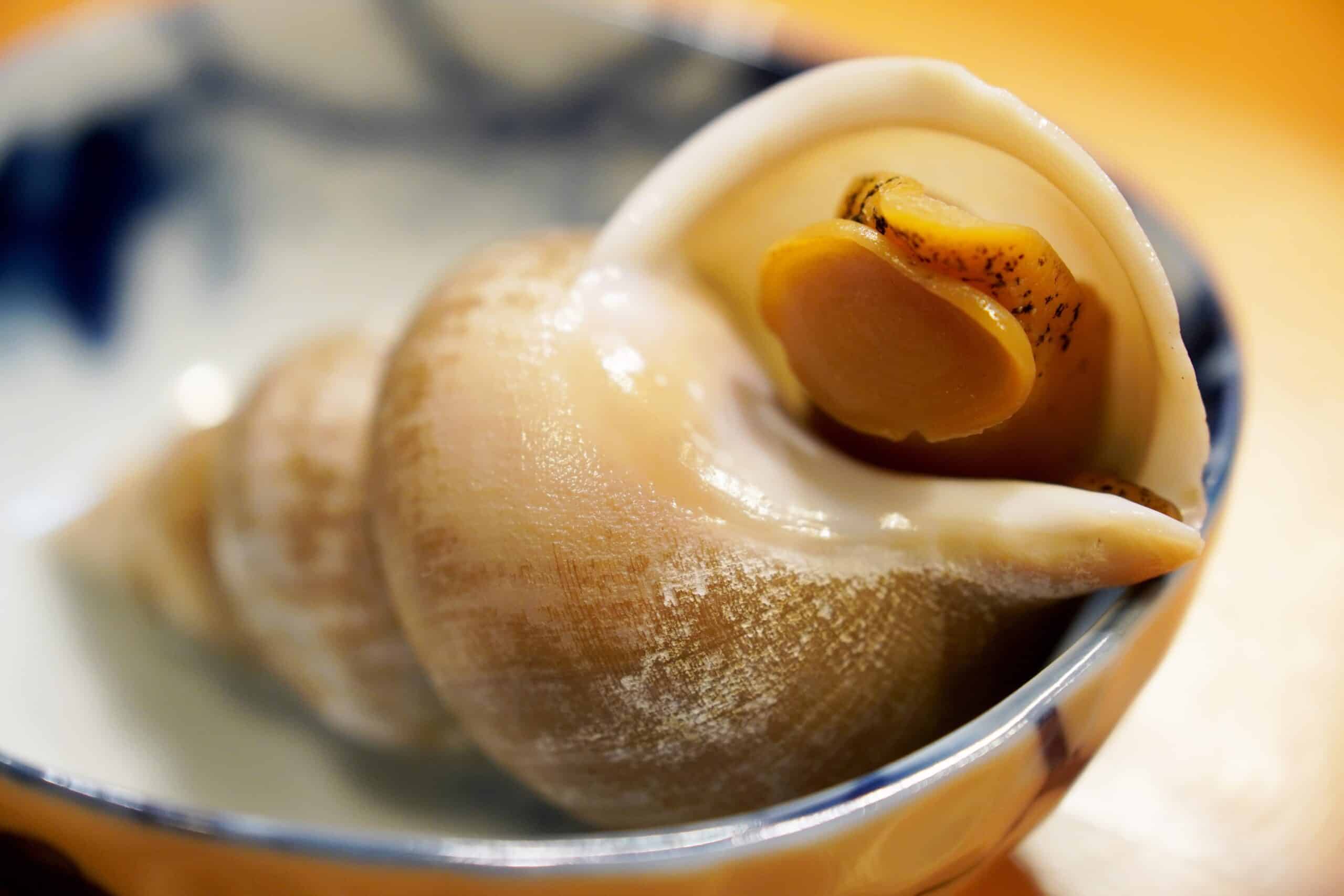Sea snails caught off Algarve coast had high levels of dangerous toxin
Researchers from the University of the Algarve are warning that sea whelks caught off the Algarve coast may carry a dangerous toxin that could be poisonous and potentially fatal to vulnerable people if the molluscs aren’t properly prepared before being eaten.
Researchers from the university’s Centre for Marine Sciences (CCMAR) found that 76% of the 25 whelks they tested – caught between November 2021 and October 2022 – contained levels of tetrodotoxin – a powerful neurotoxin more commonly found in pufferfish – above the maximum limit considered safe by the European Food Safety Agency.
Popularly known as ‘buzina’, these palm-sized sea snails are often used in local dishes like ‘feijoada’ (a bean stew). But researcher Sandra Lage warns that eating them without first removing the toxic innards properly could be risky, especially for children or older adults. In high doses, the toxin can cause serious health problems, including breathing difficulties and even death.
Present in pufferfish and well-known in Asian countries, where “there have been many reported cases of people dying” from its consumption, tetrodotoxin “is an emerging toxin” in Europe, which “is not currently regulated or monitored in the European Union, because it was only recently discovered” on European territory, the researcher told Lusa news agency.
The study, published in the journal Food Control, was based on a year-long sampling project and was carried out as part of a master’s thesis by student Maria Pais.
Though the source of the contamination isn’t fully understood, scientists suspect the toxin may come from bacteria passed through the whelks’ food, such as starfish. However, only one of the 25 starfish caught in the same areas tested positive for the toxin, so the exact cause is still unclear.
“This toxin is known to be produced by bacteria. And we know that it didn’t exist here in the past. But the vector that led to the contamination of the whelks is still being studied. We know that the starfish is a potential vector, but there may be other types of prey that this variety eats, because it’s a carnivore, an opportunistic carnivore,” she argued.
The good news is that the dangerous toxin was only found in the whelks’ internal organs – not in the edible muscle. Still, handling them properly is crucial. Boiling or freezing doesn’t destroy the toxin, and safe consumption depends on completely removing the guts before cooking.
A new research project is now underway to investigate exactly how the whelks became contaminated. Work on that study is expected to begin later this year.
Until then, experts advise caution when preparing or eating buzina.


























